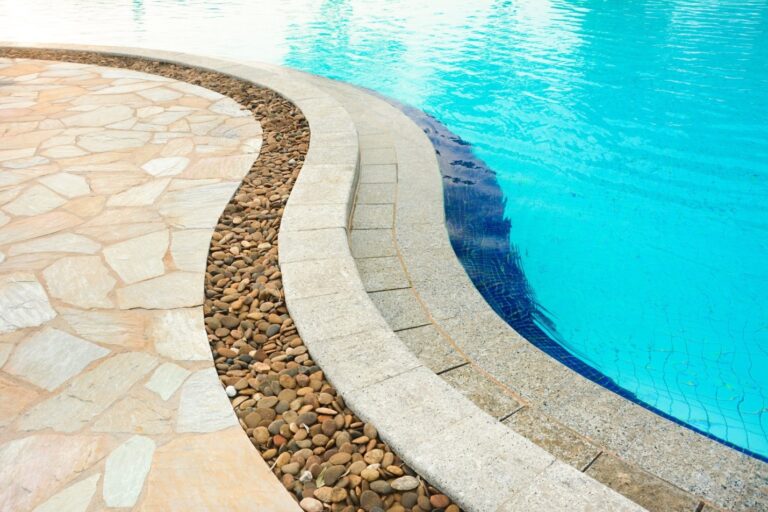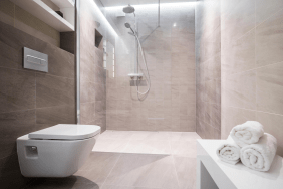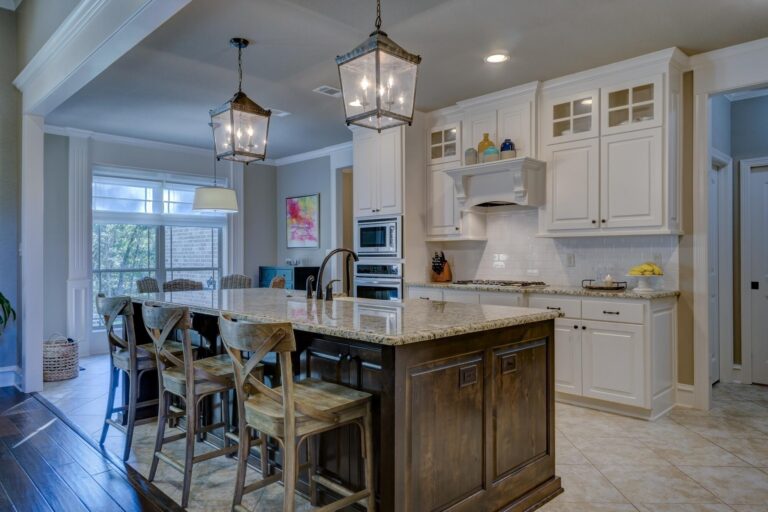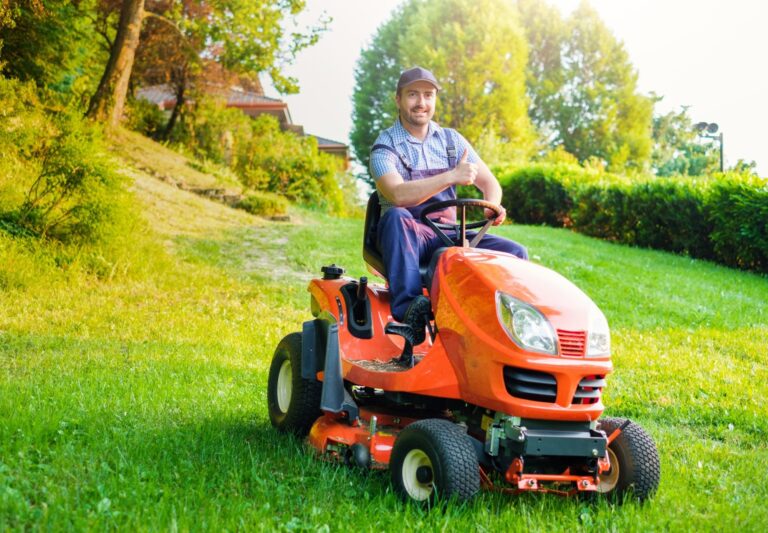How Long Can a Swamp Cooler Pump Run Without Water?
Swamp coolers, also known as evaporative coolers, are an energy-efficient alternative to traditional air conditioning systems, particularly in dry climates. They work by drawing warm air through water-saturated pads, cooling the air through evaporation, and then circulating the cooled air throughout a space. Central to this process is the swamp cooler pump, which continuously supplies water to the pads.
One common question from swamp cooler owners is, “How long can a swamp cooler pump run without water?” Addressing this question involves understanding the mechanics of the swamp cooler pump, potential risks, and best practices for maintaining the system.
Understanding the Swamp Cooler Pump
The swamp cooler pump is designed to continuously circulate water from the reservoir to the cooling pads. This ensures that the pads remain saturated, facilitating efficient cooling. The pump is typically a small, submersible unit powered by an electric motor. When functioning correctly, the pump operates in a water-filled environment, which helps keep it cool and lubricated.
Risks of Running a Swamp Cooler Pump Without Water
Running a swamp cooler pump without water can lead to several issues, ranging from minor inconveniences to significant damage. Here are some of the potential risks:
- Overheating: The primary risk of running a swamp cooler pump without water is overheating. The water acts as a coolant for the pump’s motor. Without water, the motor can overheat, potentially leading to permanent damage.
- Motor Burnout: Prolonged operation without water can cause the motor to burn out. Once the motor is burnt out, the pump will no longer function and will need to be replaced.
- Increased Wear and Tear: Without water, the pump’s components, such as bearings and seals, may experience increased friction and wear. This can shorten the pump’s lifespan and lead to frequent maintenance issues.
- Potential Fire Hazard: In extreme cases, an overheating pump motor could become a fire hazard. While rare, this risk underscores the importance of proper pump operation and maintenance.
How Long Can a Swamp Cooler Pump Run Without Water?
The exact duration a swamp cooler pump can run without water before sustaining damage varies depending on several factors, including the pump’s make and model, the ambient temperature, and the duration of the operation. However, it is generally advisable to avoid running the pump dry at all costs.
Short Duration Operation: In some cases, a swamp cooler pump may tolerate running without water for a few minutes without immediate damage. However, this is not recommended, as even short periods without water can start to wear on the pump’s components.
Prolonged Operation: Running a swamp cooler pump without water for extended periods (beyond a few minutes) is highly likely to cause overheating and motor burnout. The pump’s motor is not designed to operate without the cooling effect of water, and prolonged dry operation will almost certainly lead to failure.
Signs That Your Swamp Cooler Pump Is Not Working
If you suspect your swamp cooler pump is not working, there are several signs to look for:
- No Water Circulation: The most obvious sign is a lack of water circulation. If the cooling pads are dry or only partially wet, the pump may not be functioning correctly.
- Strange Noises: A properly functioning pump should operate quietly. Unusual noises, such as grinding or squealing, can indicate that the pump is running without water or that there is a mechanical issue.
- Overheating: If the area around the pump feels unusually hot, this could indicate that the pump is overheating due to a lack of water.
- Burnt Smell: A burnt smell coming from the swamp cooler can indicate that the pump motor has overheated and possibly burnt out.
- No Airflow: In some cases, a malfunctioning pump can lead to reduced or no airflow from the swamp cooler, as the cooling pads may not be adequately saturated to cool the air.
Troubleshooting and Maintenance Tips
To ensure your swamp cooler pump operates efficiently and to avoid running it without water, follow these troubleshooting and maintenance tips:
- Regular Inspections: Periodically inspect the swamp cooler pump and water reservoir to ensure there is adequate water supply and that the pump is functioning correctly.
- Check Water Levels: Always ensure that the water reservoir is filled to the appropriate level before operating the swamp cooler. Low water levels can lead to the pump running dry.
- Clean the Pump: Over time, debris and mineral deposits can build up in the pump, reducing its efficiency. Regularly cleaning the pump can help maintain its performance and prevent issues.
- Replace Worn Parts: If you notice any worn or damaged components, such as seals or bearings, replace them promptly to avoid further damage.
- Test Before Use: At the start of each cooling season, test the pump and the entire swamp cooler system to ensure everything is in working order.
- Install a Float Valve: Consider installing a float valve in the water reservoir. This device will automatically maintain the water level, reducing the risk of the pump running dry.
- Monitor for Leaks: Check for leaks in the water supply lines or the reservoir that could cause a drop in water levels.
Conclusion
Understanding how long a swamp cooler pump can run without water is crucial for maintaining the efficiency and longevity of your evaporative cooling system. While a pump might withstand short periods without water, prolonged dry operation will almost certainly lead to overheating, motor burnout, and potential fire hazards.
Regular maintenance and proactive measures are essential to prevent the swamp cooler pump from not working. Regular inspections, cleaning, and ensuring adequate water levels will help prevent issues and ensure that your swamp cooler operates efficiently throughout the cooling season. By taking these steps, you can enjoy the benefits of a swamp cooler without the worry of pump failure and the associated costs of repairs or replacements.





